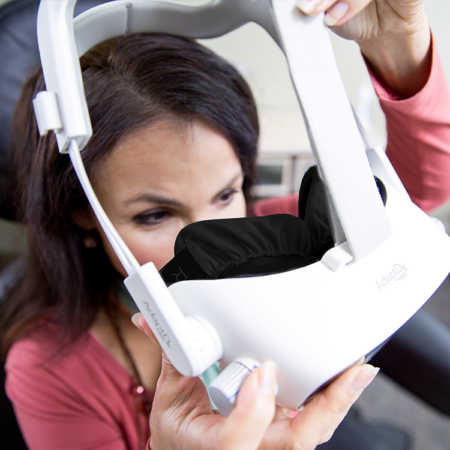Don't Wait to Diagnose AMD
How are you protecting your patients from blindness caused by AMD?
Age-related macular degeneration (AMD) is the leading cause of adult blindness in developed countries. In fact, AMD is four times more prevalent than glaucoma.ii And the problem is only expected to grow as the population ages.ii
A 2017 study published in JAMA Ophthalmology estimates there are currently 14 million patients with AMD in the U.S. But even with regular exams using current imaging tools, an additional 25% are undiagnosed.1 What does that 25% mean to your practice?
The current standard is for us to wait around until we see macular degeneration progressing in someone’s eye. We now know we can identify it earlier, up to 3 years earlier before it ever shows up in their eye. I truly believe dark adaptation testing should be the standard of care.
Stages of AMD
As a progressive disease, AMD reveals itself in stages. Earlier detection and proactive disease monitoring offers patients the best chance to prevent blindness.
Symptoms & Risk Factors
Understanding the symptoms and risk factors will help identify AMD earlier.
Linking Dark Adaptation and AMD
Research shows that impaired dark adaptation is the earliest warning sign of AMD.
AMD Testing Options
Is your practice making the best use of the available AMD testing methods?
AMD Treatments
Patients with early AMD or at risk of AMD can benefit from early intervention to delay or prevent blindness.
How Dark Adaptation Testing Helps Detect AMD
AMD Detection & Monitoring
Dark adaptation testing can provide a functional, objective measurement useful in the detection and monitoring of AMD, even before drusen are clinically evident.
AMD Research
Compelling research proves that dark adaptation testing can help reveal the earliest signs of AMD as well as the subtle signs of disease progression.





